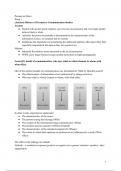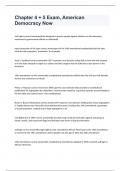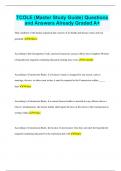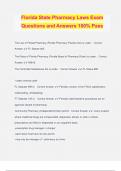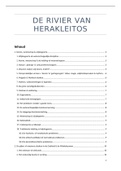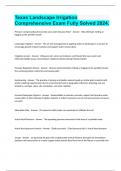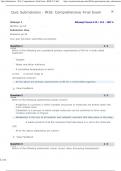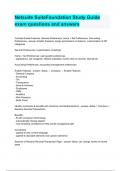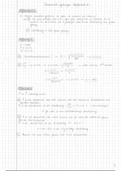Summary
Detailed Summary for all study objectives in Persuasive Communciation
- Course
- Institution
This is a detailed summary that covers all study objectives for Persuasive Communication. With hand-drawing diagrams and extensive explanations for every important concept, these notes are believed to help you pass the exam or even get a very good grade! I have got an 8.6 for the exam using this n...
[Show more]
